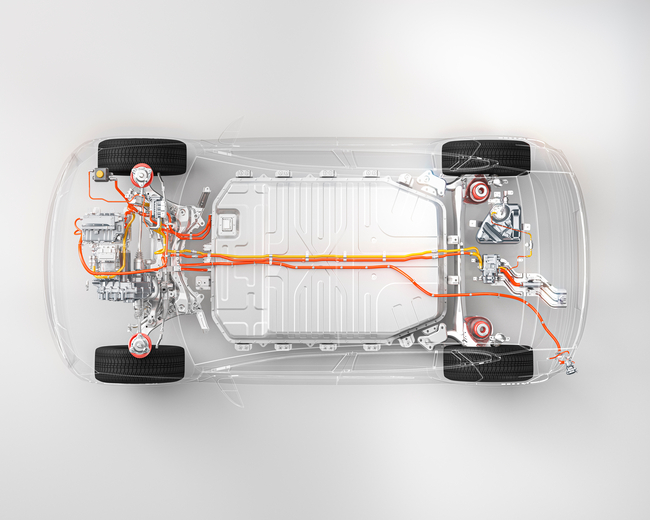
After a rough start, electric cars and electric vehicles are launching their bid to take over the streets and roads of the country. The main drawback of EVs has always been the limited infrastructure for charging the battery packs the vehicles use instead of petrol or diesel tanks. This has overshadowed their many advantages:
Types of electric vehicles
Before getting into the nitty gritty of how electric cars work, we need to examine what they are. Electric cars are electric vehicles first and foremost, but specifically, they are automobiles that are highway-capable and use one or more electric motors fuelled by electricity stored in batteries to propel themselves forward. These characteristics differentiate them from other EVs:
Solar cars are electric cars that rely on solar energy and may or may not have a battery pack.
Smaller EVs that use electric motors and batteries are not highway-capable. They may also have differing numbers of wheels, and thus include electric scooters and segways.
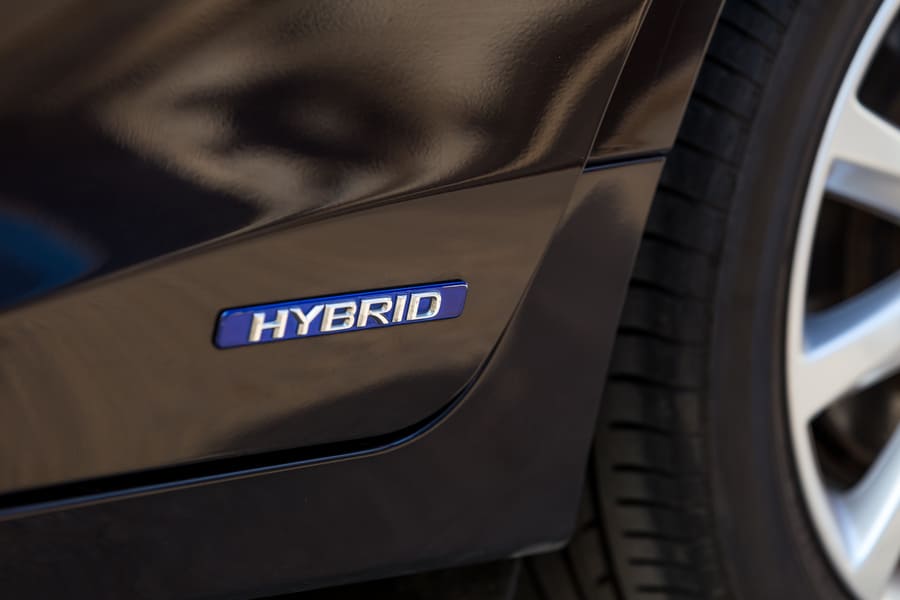
Hybrid cars use both an electric motor and an internal combustion engine.
Fuel cell vehicles have hydrogen fuel cells as their power source.
Parts of an electric car
We’ve mentioned a few key characteristics of electric cars above. Now it’s time to distil those into the individual parts of the cars:
How electric cars work
Taking all of the above, we can piece together how an electric car functions: The batteries provide electricity to the motor so that this may run. But since most electric motors require AC electrical flows and most batteries provide DC flows, the power from the battery pack needs to be routed through an inverter before reaching the electric motor. The inverter transforms DC to AC, allowing the motor to function properly.
The motor usually consists of a stator and rotor. Depending on the construction, either only the stator or both the stator and the rotor function as a magnet, resulting in the rotor turning. The motor converts this rotational speed into torque to be applied to one or more axles, thus turning the wheels. The torque is determined directly by how much power the electric motor receives. This is where the control unit comes in, regulating the flow of electricity according to the input from the driver.
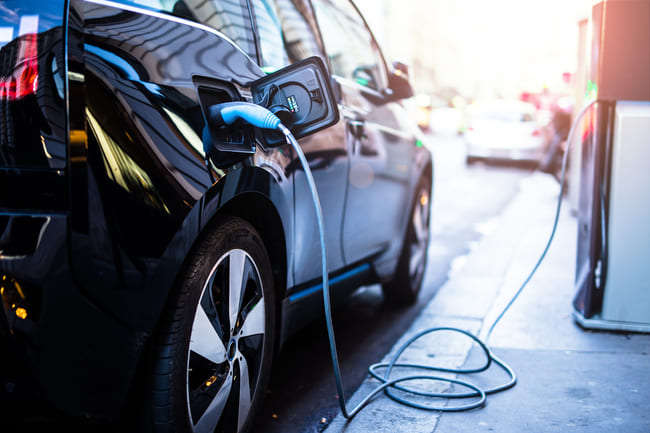
Since electric cars don’t use fossil fuels to propel themselves forward, refuelling is a completely different process. Most electric cars have a car inlet where the end of the charging cable called the connector is placed. The other end of the cable is the plug which is inserted into the charging outlet. This outlet may be a public charging station, a wallbox, or the equipment supplied with the car to charge it from the mains. Charging stations typically supply AC flows, which are then converted into DC for the battery pack. Some stations provide DC flows, preventing the transformer from becoming a bottleneck and slowing the charging speed. The time taken to charge an electric vehicle depends on how much electricity the source can supply at once. Fast and rapid chargers are the quickest.
Disadvantages of electric cars
Unfortunately, electric cars are not perfect. While the electric motor takes up less space, the vehicles require large battery packs that do. In addition, the batteries are quite heavy, resulting in electric cars weighing noticeably more than similarly sized cars with internal combustion engines. Another issue that electric cars run into is that their batteries are susceptible to temperature. The range of an electric car is severely diminished in cold weather when compared to summer.


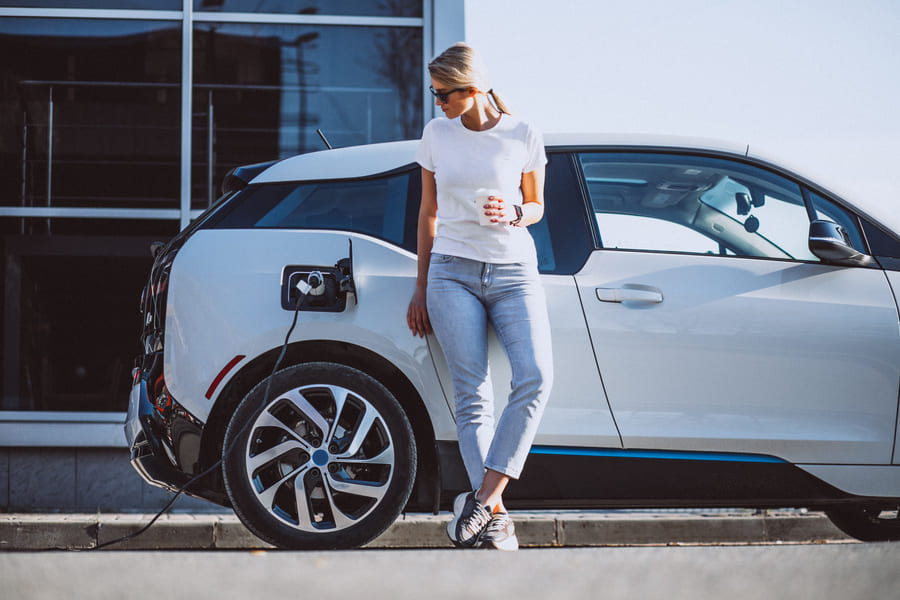

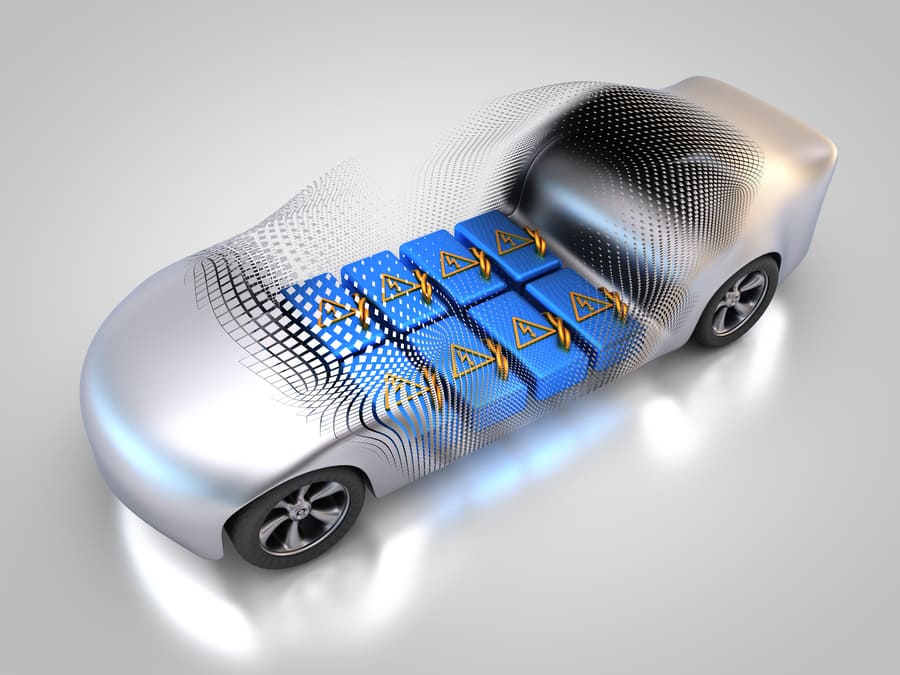
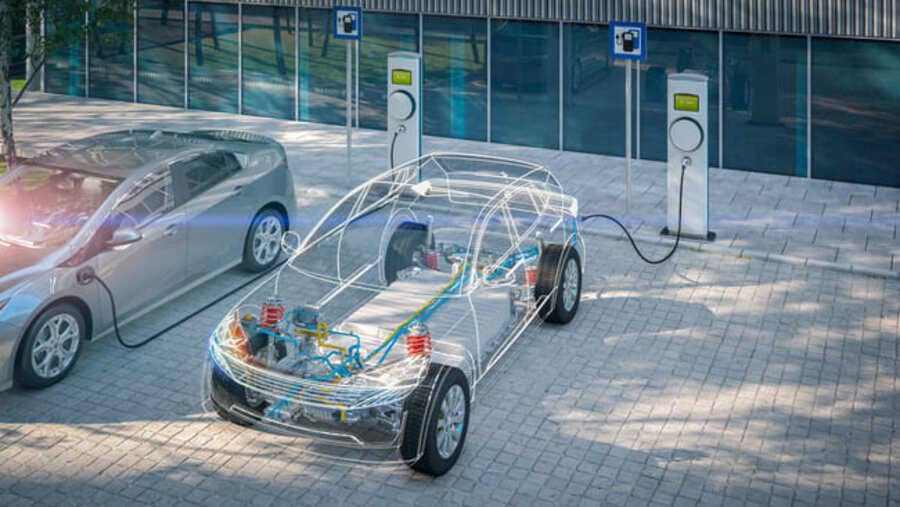


Comment